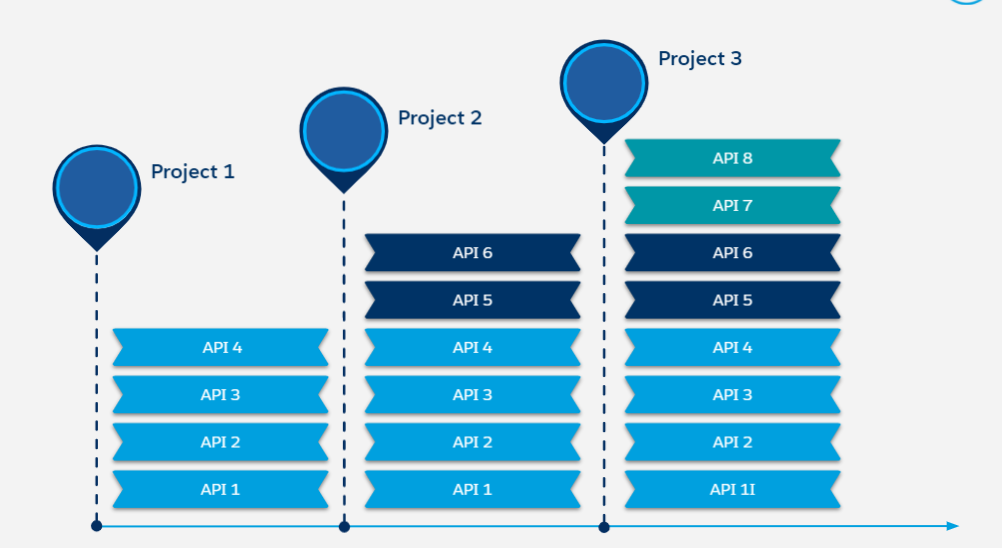Between 70-90% of all M&A transactions fail. One of the biggest reasons for this is due to IT delivery capacity.
With any M&A, there is increased pressure on IT to deliver. Not only are you bringing together two sets of technology infrastructure, processes, and people, but IT is also a key enabler in helping businesses realize synergies as a result of merging two organizations.
Much of this increased demand comes as a result of consolidating redundant applications and systems, aligning technological standards and platforms, and closing select sites — such as data centers and manufacturing facilities. This is in addition to supporting continued “business as usual” activities (ex. financial reporting) that may require interim solutions. In this blog, we’ll discuss how IT can accelerate M&A transactions via modern enterprise integration.
Accelerate your M&A with an integration strategy
What is often overlooked in IT, and even more so in M&A, is the overall IT integration strategy. Integration not only takes up a third of developer time, but it is also often the #1 reason why IT projects fail. A defined enterprise IT integration strategy can be a key enabler in accelerating your M&A.
Traditionally, organizations integrate by writing custom code, which seems like the easier or faster path forward when resources are tight. But, in reality, it is just the opposite. Custom code is brittle, it breaks easily, and you always have to go back and fix it. Custom code lacks standardization, is rigid and hard to change, so you get stuck and cannot evolve.
Even more so during the pre-close period in any M&A transaction, organizations are often wary to create new custom development given the uncertainty of future project roadmaps. But there’s a way to hedge all these risks in your future M&A: leverage modern integration via APIs.
APIs to build a future-proof foundation
Application programming interfaces, or APIs, are the building blocks that represent unique business capabilities — like inventory data or order status. They can be composed easily to integrate applications, data, and systems to create a connected experience for your key M&A initiatives. Not only do APIs enable standardized integration across applications, they can be reused.
An API used to expose data for one project can be leveraged again to expose data in another project. This concept of reuse expedites project delivery by eliminating redundant integrations in future projects. In an M&A scenario where project roadmaps are uncertain, you can continue building your integrations without worry that it is throwaway. By leveraging APIs, not only are you expediting delivery of future M&A initiatives, but you are also establishing a future-proof foundation in the new company.

Pictured: example of API reuse across multiple projects
APIs deliver value
The value of reuse and APIs is proven. MuleSoft benchmarks demonstrate that the average organization realizes a 45% reuse rate of APIs after three years. This translates to the following benefits for IT:
- Faster project delivery and integration development speed due to reusable code.
- Lower maintenance costs due to increased standardization and less niche knowledge required to maintain custom code.
- Faster time to market for key business initiatives, resulting in realization of revenue and cost savings sooner.
- Increased developer productivity, freeing up time for IT to focus on innovation rather than integration.
So is M&A a key part of your organization’s strategy? Leverage APIs to deliver value sooner and build a future-proof foundation. See how Salesforce used MuleSoft to create a seamless acquisition process.









